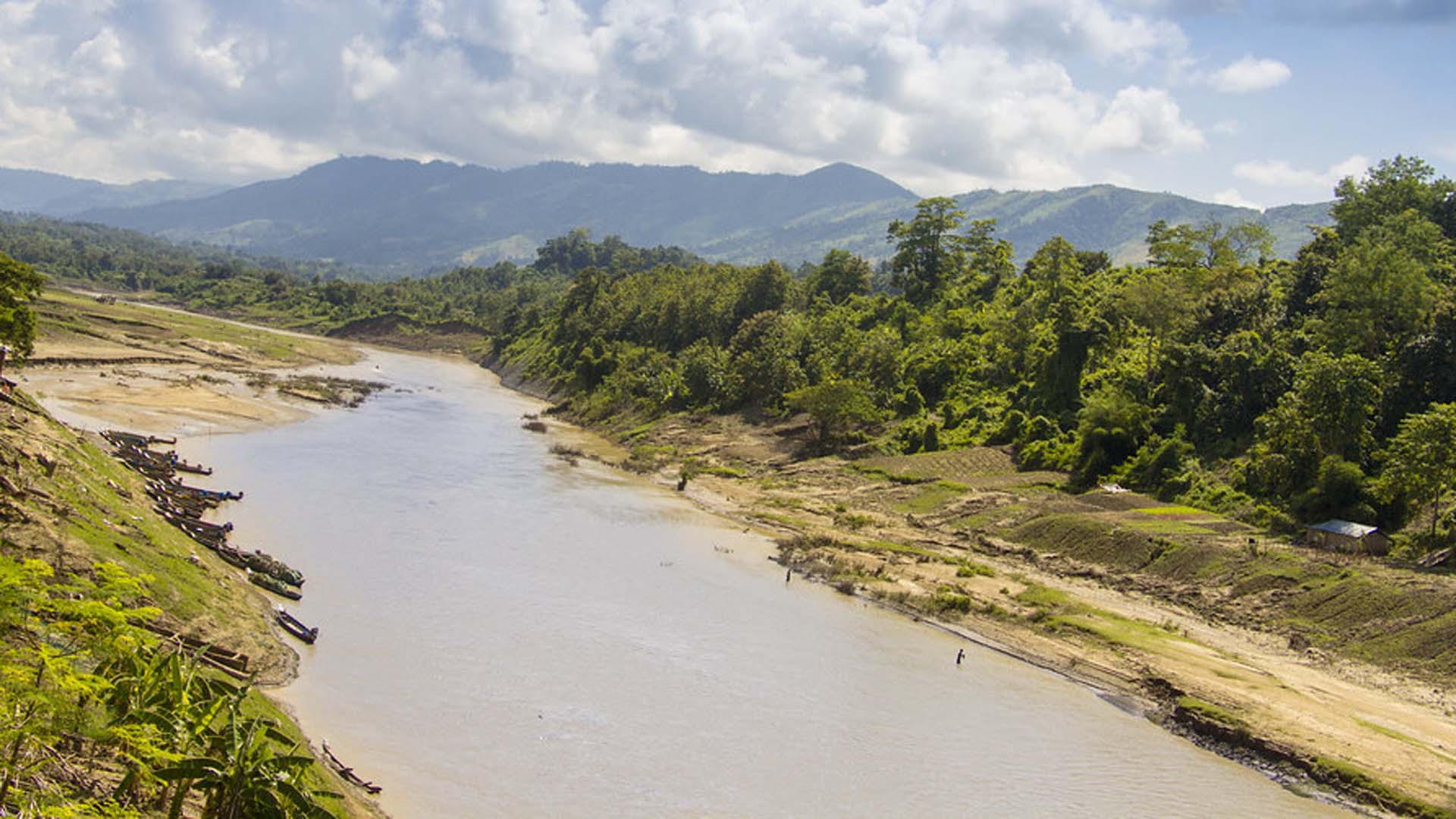

 Unraveling the Crucial Impact of Rivers on the Environment
Unraveling the Crucial Impact of Rivers on the Environment
Rivers, the lifeblood of our planet, wield a profound influence on the environment, shaping landscapes and sustaining ecosystems. These dynamic watercourses play a pivotal role in maintaining ecological balance and supporting diverse forms of life. Here, we delve into a 10-line study to unravel the crucial impact of rivers on the environment.
1. Ecosystem Diversity: Rivers harbor a rich tapestry of life, hosting diverse ecosystems ranging from lush riparian zones to intricate freshwater habitats. These ecosystems provide refuge to countless species of flora and fauna, fostering biodiversity.
2. Water Supply: As natural conduits of freshwater, rivers serve as primary sources of drinking water, irrigation for agriculture, and industrial usage. Their flow sustains human communities and irrigates fertile lands, driving agricultural productivity.
3. Geological Processes: Over eons, rivers have sculpted landscapes through erosion, deposition, and sediment transport. They shape the earth’s surface, carving valleys, canyons, and floodplains, influencing geological processes and landforms.
4. Nutrient Cycling: Rivers facilitate the transport of nutrients, sediments, and organic matter downstream, enriching floodplain soils and supporting fertile deltas. This nutrient cycling sustains terrestrial and aquatic ecosystems, fueling productivity.
5. Habitat Connectivity: River networks connect diverse habitats, enabling the migration of species and the dispersal of seeds. They act as corridors for wildlife movement, promoting genetic exchange and enhancing ecosystem resilience.
6. Climate Regulation: Through the storage and release of water, rivers regulate local climates, moderating temperature extremes and influencing precipitation patterns. Riparian vegetation further mitigates climate change impacts by sequestering carbon.
7. Flood Mitigation: Rivers play a crucial role in flood regulation, absorbing excess water during periods of high flow and attenuating flood peaks. Wetlands and floodplains act as natural buffers, reducing the severity of floods and protecting downstream communities.
8. Recreation and Tourism: Beyond their ecological significance, rivers provide recreational opportunities and support tourism economies. Activities such as fishing, boating, and river rafting draw visitors to scenic waterways, fostering appreciation for nature.
9. Cultural Significance: Rivers hold profound cultural and spiritual significance for many societies, serving as sources of inspiration, sustenance, and identity. Indigenous cultures often revere rivers as sacred entities, embodying ancestral connections and wisdom.
10. Threats and Conservation: Despite their importance, rivers face an array of threats including pollution, habitat destruction, and overexploitation. Conservation efforts are essential to safeguard these vital ecosystems, preserving their ecological functions and ensuring sustainable water management.
In conclusion, rivers are indispensable components of the environment, exerting far-reaching impacts that extend beyond their banks. Understanding and valuing these vital lifelines is paramount for promoting environmental stewardship and securing a sustainable future for generations to come.